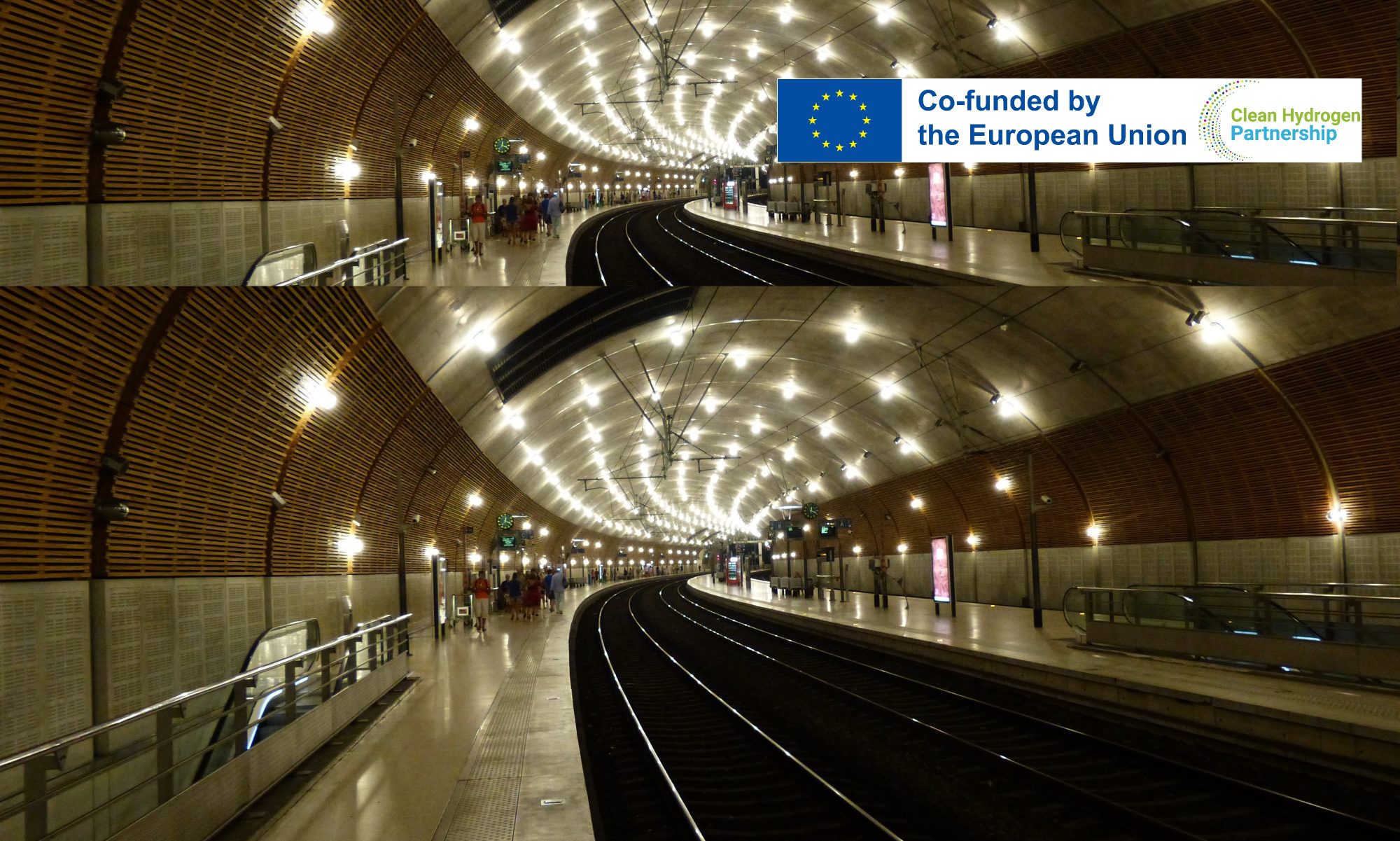Q: Hello Christian, thank you for accepting this interview. Our first question is, who are you and what does a fire fighter involved in the HyTunnel-CS project do?
I am head of the development- and tactic team of the International Fire Academy. The International Fire Academy is a public fire academy specialised in tunnel incidents. It runs unique training facilities and is visited from fire fighters from all over Europe.
The development- and tactic team develops procedures and methodical principles for tunnel incident operations.
We have been invited to join the HyTunnel-CS project to bring in our expertise in the deployment field of underground transport systems. On the other hand, the International Fire Academy is also in demand in the development and conveyance of specialised tactics and techniques for fire fighting.
Q: How might the actions of first responders in tunnels and confined spaces be influenced by hydrogen-powered vehicles?
From the fire service’s point of view, hydrogen has two unpleasant properties: Firstly, the flames of burning hydrogen are very hot and barely visible to the naked eye. Secondly, unburned escaping hydrogen forms explosive gas-air mixtures which can be ignited by even very weak sparks.
The general procedure has been known for a long time. Thermal imaging cameras detect the flames. Or they can also be made visible by holding flammable objects, such as a broom, in the suspected flame area. To avoid explosions, hydrogen fires, like all gas fires, are burned off in a controlled manner while the environment is shielded.
More difficult to answer is the question of how exactly to proceed if, for example, hydrogen escapes unburned from a vehicle tank in an underground car park. Here the representatives of the International Fire Academy are in close contact with the scientists of the participating universities and research institutes.
Together they cover all relevant areas of science and technology in an interdisciplinary manner. Together they are trying to break down the latest findings from experiments and simulations into standard rules of engagement that are suitable for the fire services
Q: What are your expectations for the next workshop? What topics will be discussed?
In the last month we discussed a lot of thinkable procedures. Now we would like to discuss these ideas, which are only ideas yet, with colleagues and scientists to get a clearer picture on how to prepare for and react to incidents with hydrogen fuelled vehicles.
The first day focuses on knowledge transfer regarding fire fighting in underground transportation systems in general. One important question will be how fire fighters can get the information that hydrogen is involved. On the second day we will go through different incident scenarios in tunnels and confined spaces like underground car parks.
Q: Which kind of tools will be used in the workshop?
We will have presentations and tabletop exercises whereby the tabletop will be the screens of the participants. This will be an experiment. I hope it works. The most important tool – of course – will be discussion.
Q: Will you recommend our readers to participate in the next online workshop?
We will not present the magic formula to all challenges associated with hydrogen fuelled vehicles. The workshop will answer many questions and will raise new questions at the same time. Thus, I recommend this workshop for those who are interested to take part in this challenging and thrilling and instructive development process.
 |
Who is Christian? Christian Brauner is a Fire Chief, fire-fighter for 46 years and has an MsC in Integrated Communication from the Danube University in Krems (Austria), a Diploma of Advanced Studies in Conflict Analysis and Management from the University of Basel (Switzerland) and enjoys cooking and carpentry. |

